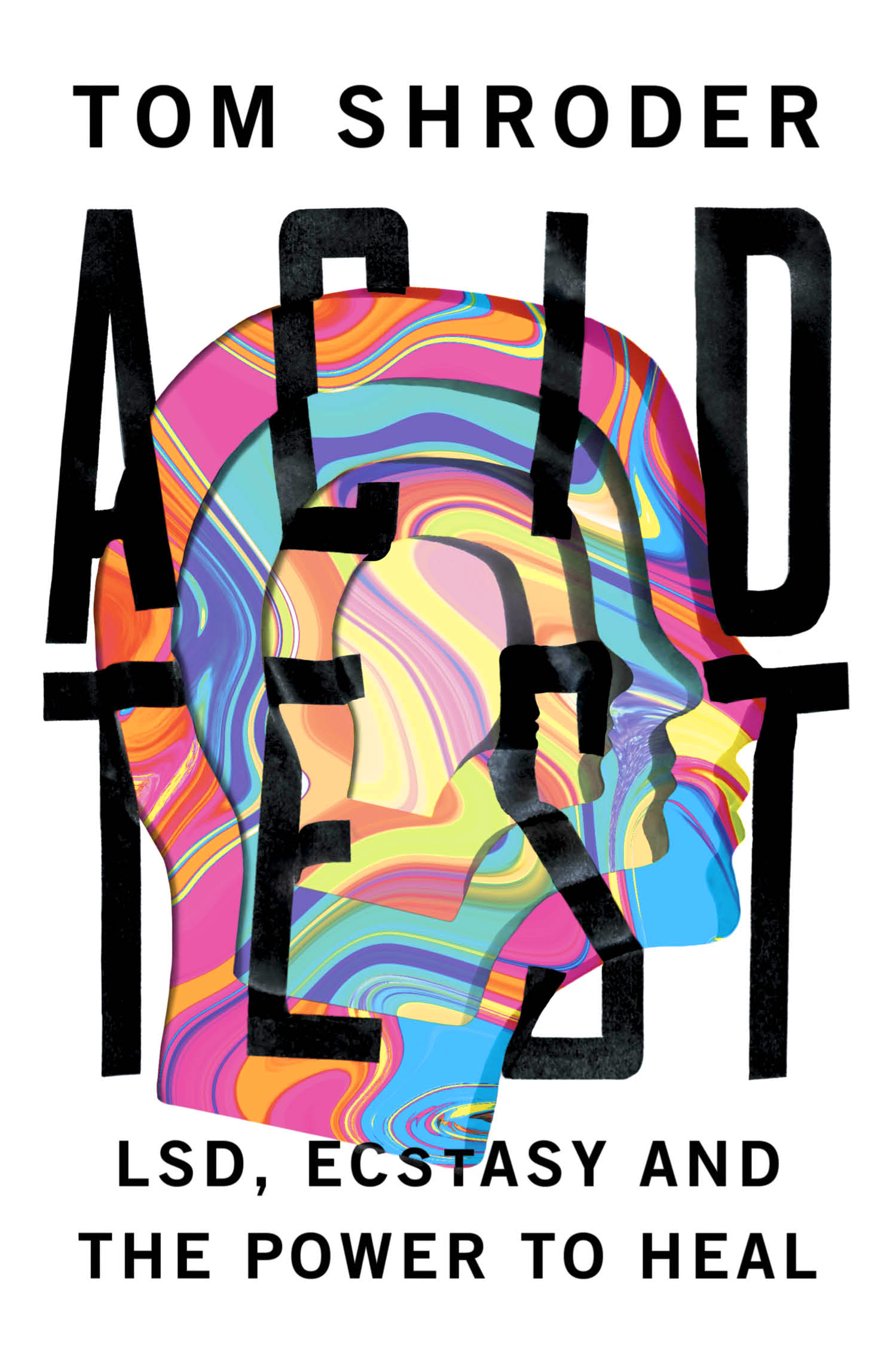AboutHow What Is Drug Addiction Characterized By can Save You Time, Stress, and Money.
Physical dependence can take place with the routine (daily or practically day-to-day) usage of any substance, legal or illegal, even when taken as recommended. It takes place since the body naturally adjusts to regular direct exposure to a substance (e. g., caffeine or a prescription drug). When that compound is eliminated, (even if originally prescribed by a doctor) signs can emerge while the body re-adjusts to the loss of the compound.
Tolerance is the requirement to take higher dosages of a drug to get the exact same effect. how to explain drug addiction to a child. It often accompanies reliance, and it can be hard to distinguish the two. Addiction is a persistent condition characterized by drug seeking and use that is compulsive, regardless of negative effects. Nearly all addictive drugs straight or indirectly target the brain's benefit system by flooding the circuit with dopamine.
When activated at regular levels, this system rewards our natural behaviors. Overstimulating the system with drugs, however, produces impacts which highly enhance the habits of substance abuse, teaching the person to duplicate it. The preliminary decision to take drugs is normally voluntary. Nevertheless, with continued use, an individual's ability to exert self-discipline can end up being seriously impaired - what does god say about drug addiction.
Scientists think that these changes modify the way the brain works and might assist explain the compulsive and damaging habits of an individual who becomes addicted. Yes. Addiction is a treatable, chronic disorder that can be managed successfully. Research shows that combining behavior modification with medications, if available, is the finest way to make sure success for a lot of patients.

Getting The Doctors Who Treat Drug Addiction To Work
Treatment approaches should be tailored to resolve each patient's drug use patterns and drug-related medical, psychiatric, environmental, and social problems. Relapse rates for clients with substance use conditions are compared to those struggling with hypertension and asthma. Regression prevails and similar throughout these diseases (as is adherence to medication).
Source: McLellan et al., JAMA, 284:16891695, 2000. No. The chronic nature of addiction indicates that relapsing to drug usage is not just possible but also most likely. Regression rates are comparable to those for other well-characterized persistent medical health problems such as hypertension and asthma, which also have both physiological and behavioral components.
Treatment of chronic illness includes changing deeply imbedded habits. Lapses back to drug usage indicate that treatment requires to be reinstated or changed, or that alternate treatment is required. No single treatment is ideal for everyone, and treatment service providers must pick an optimum treatment strategy in assessment with the private client and ought to think about the client's distinct history and scenario.
The rate of drug overdose deaths including synthetic opioids aside from methadone doubled from 3. 1 per 100,000 in 2015 to 6. 2 in 2016, with about half of all overdose deaths being related to the artificial opioid fentanyl, which is inexpensive to get and contributed to a variety of illegal drugs.
A Biased View of What Does The Bible Say About Drug Addiction

If opium were the only drug of abuse and if the only sort of abuse was among habitual, compulsive usage, conversation of dependency may be an easy matter. However opium is not the only drug of abuse, and there are most likely as many type of abuse as there are drugs to abuse or, indeed, as perhaps there are individuals who abuse.
Prejudice and lack of knowledge have actually resulted in the labelling of all usage of nonsanctioned drugs as addiction and of all drugs, when misused, as narcotics. The http://ricardonywq468.cavandoragh.org/what-is-the-treatment-for-drug-addiction-for-dummies continued practice of treating dependency as a single entity is dictated by custom and law, not by the realities of addiction. The tradition of corresponding substance abuse with narcotic addiction initially had some basis in truth.
Then different alkaloids of opium, such as morphine and heroin, were isolated and introduced into usage. Being the more active concepts of opium, their dependencies were merely more serious. Later, drugs such as methadone and Demerol were synthesized but their impacts were still adequately similar to those of opium and its derivatives to be consisted of in the older idea of addiction.
Then came different tranquilizers, stimulants, new and old hallucinogens, and the different combinations of each. At this point, the unitary consideration of dependency became untenable. Legal efforts at control typically forced the inclusion of some nonaddicting drugs into old, recognized categoriessuch as the practice of calling cannabis a narcotic. Problems likewise arose in trying to broaden dependency to include habituation and, lastly, drug dependence.
The smart Trick of Which Neurotransmitter Is Involved In Drug Addiction? That Nobody is Talking About
Raw opium. Erik Fenderson Common mistaken beliefs worrying drug addiction have actually typically triggered bewilderment whenever severe efforts were made to differentiate states of dependency or degrees of abuse. For several years, a popular misunderstanding was the stereotype that a drug user is a socially unacceptable bad guy. The carryover of this conception from decades past is easy to comprehend however not very easy to accept today.
Numerous compounds are capable of acting upon a biological system, and whether a particular substance comes to be thought about a drug of abuse depends in big step upon whether it is capable of generating a "druglike" impact that is valued by the user. For this reason, a substance's characteristic as a drug is imparted to it by use.
The very same might be extended to cover tea, chocolates, or powdered sugar, if society wanted to utilize and consider them that way. The job of specifying dependency, then, is the job of being able to differentiate in between opium and powdered sugar while at the very same time having the ability to accept the fact that both can be subject to abuse.
This sort of recommendation would still leave unanswered numerous questions of schedule, public sanction, and other factors to consider that lead individuals to value and abuse one sort of result rather than another at a particular minute in history, but it does a minimum of acknowledge that drug addiction is not a unitary condition.
3 Simple Techniques For What Agency Would Be Concerned With Drug Addiction
Some understanding of these physiological effects Mental Health Delray is needed in order to value the problems that are come across in attempting to consist of all drugs under a single definition that takes as its design opium. Tolerance is a physiological phenomenon that requires the private to use more and more of the drug in duplicated efforts to achieve the exact same result.
Although opiates are the prototype, a variety of drugs elicit the phenomenon of tolerance, and drugs vary significantly in their capability to establish tolerance. Opium derivatives rapidly produce a high level of tolerance; alcohol and the barbiturates a really low level of tolerance. Tolerance is characteristic Article source for morphine and heroin and, as a result, is considered a primary quality of narcotic addiction.
This phase is quickly followed by a loss of effects, both desired and undesirable. Each new level quickly minimizes results till the private shows up at a very high level of drug with a likewise high level of tolerance. Human beings can end up being almost totally tolerant to 5,000 mg of morphine daily, although a "normal" clinically reliable dose for the relief of pain would fall in the variety of 5 to 20 mg.
Tolerance for a drug might be totally independent of the drug's capability to produce physical reliance. There is no entirely appropriate description for physical dependence. It is believed to be related to central-nervous-system depressants, although the difference in between depressants and stimulants is not as clear as it was once believed to be.
